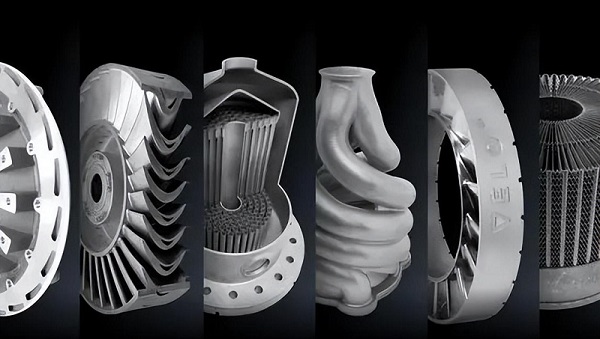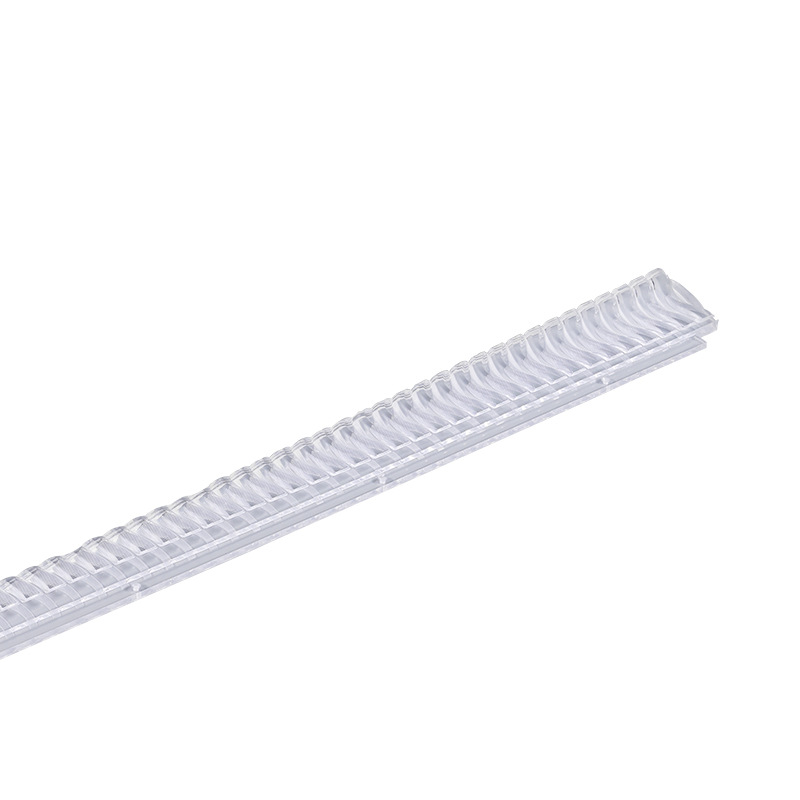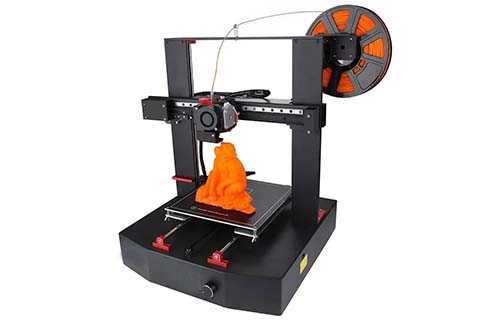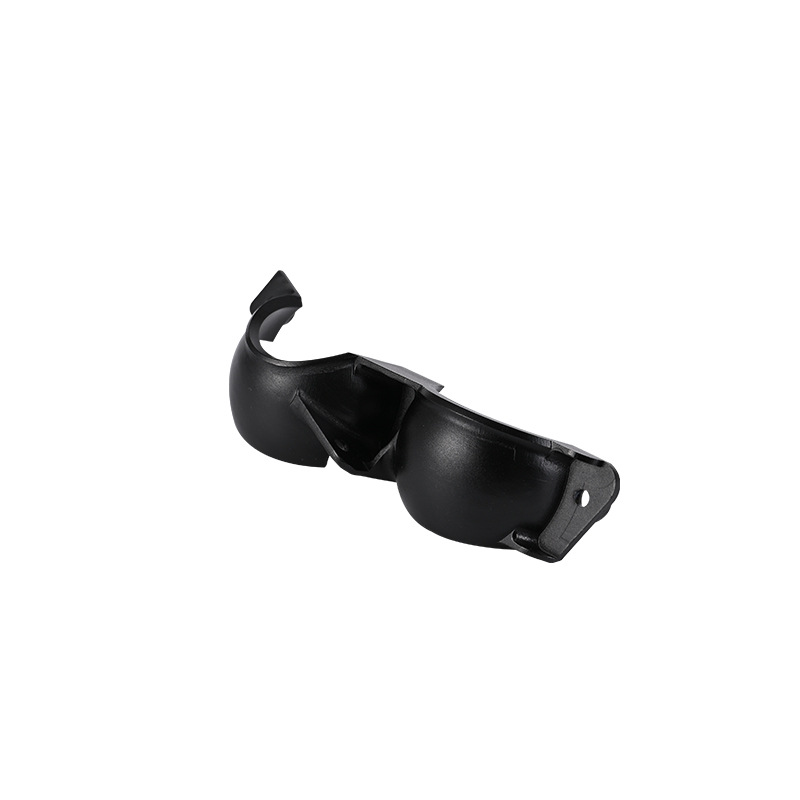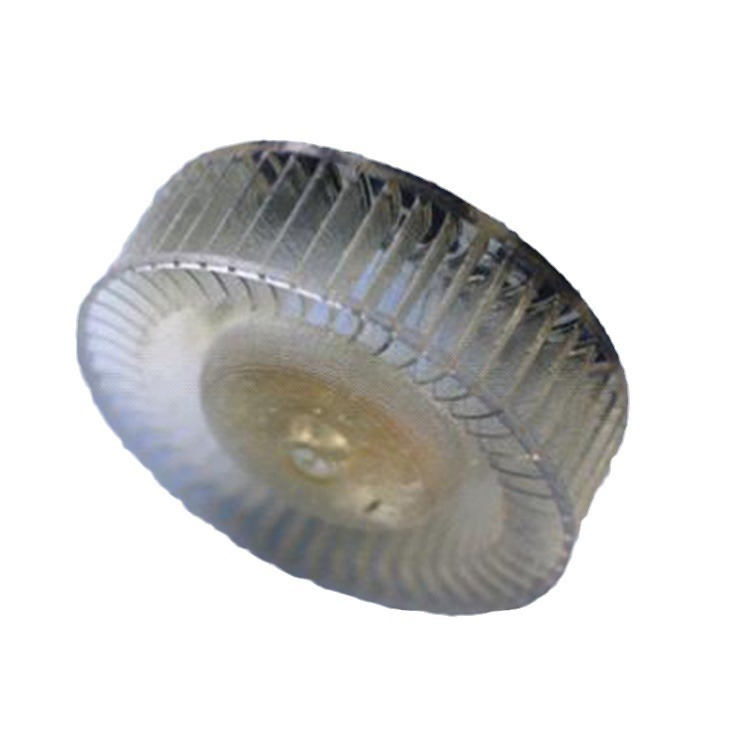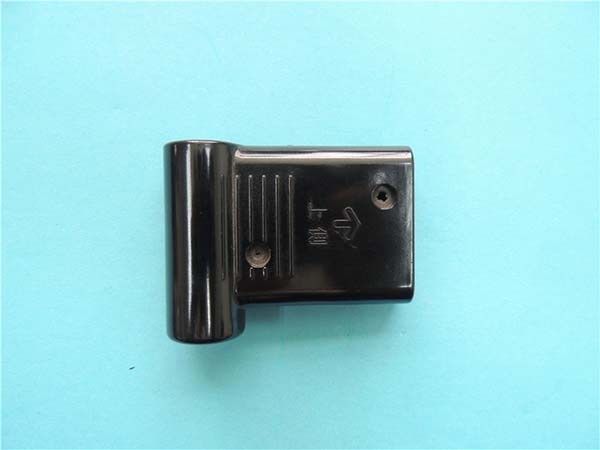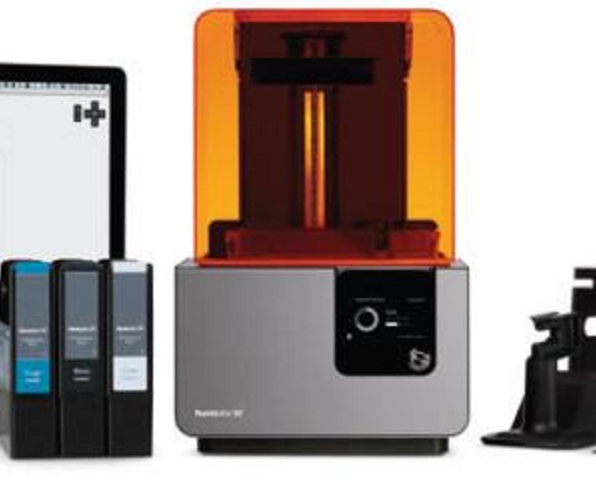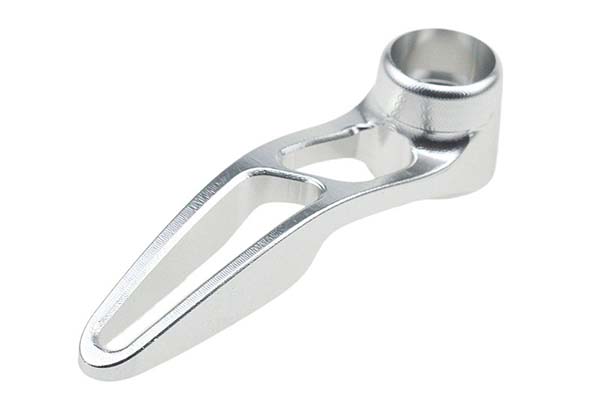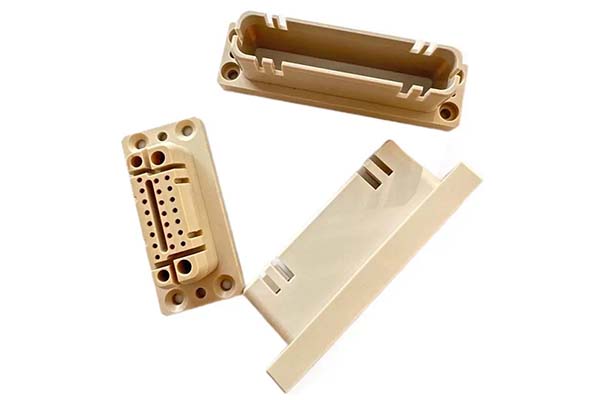Introduction
In the rapidly evolving landscape of modern manufacturing, metal 3D printing has emerged as a revolutionary technology, transforming the way we create complex metal components. This innovative process, also known as additive manufacturing, builds objects layer by layer from metal powders or filaments, enabling the production of intricate geometries that were once impossible or extremely costly to achieve with traditional manufacturing methods.
The applications of metal 3D printing span across multiple industries, from aerospace and automotive to healthcare and jewelry. In aerospace, it allows for the creation of lightweight yet strong parts, reducing fuel consumption and enhancing performance. The automotive industry benefits from rapid prototyping and the production of customized parts, while the healthcare sector uses it for manufacturing patient - specific implants.
However, when considering the adoption of metal 3D printing, one question stands out prominently: "What is the cost of metal 3D printing?" The price of metal 3D printing is a crucial factor that can either facilitate or hinder its widespread use. It determines whether a company can afford to integrate this technology into its production line, whether a research project can be economically viable, or whether a small - scale business can explore innovative product designs. In the following sections, we will delve deep into the various elements that contribute to the cost of metal 3D printing, providing you with a comprehensive understanding to help you make informed decisions.
Factors Affecting Metal 3D Printing Prices
Material Costs
The cost of materials is a fundamental factor influencing the price of metal 3D printing. Different metal materials have a wide range of prices. For instance, stainless - steel powder, a commonly used material in 3D printing, is relatively more affordable, with prices ranging from \(20 - \)50 per kilogram. It is popular in applications where high - strength and corrosion - resistance are required, such as in the manufacturing of industrial machinery parts.
On the other hand, titanium alloy powder, which is highly valued for its excellent strength - to - weight ratio and corrosion resistance, is significantly more expensive, typically costing around \(100 - \)300 per kilogram. This makes it a preferred choice for industries like aerospace and medical implants, where the performance advantages outweigh the high material cost.
In addition, precious metals like gold and silver used in 3D printing are even costlier. Gold powder can cost upwards of \(50,000 per kilogram, and silver powder around \)1,000 - $3,000 per kilogram. These are often used in high - end jewelry production or specialized electronics components. The choice of material can thus greatly impact the overall cost of metal 3D printing.
Printer Type and Quality
The type and quality of the 3D printer play a crucial role in determining the cost of metal 3D printing. There are different types of metal 3D printers, such as Selective Laser Melting (SLM) and Electron Beam Melting (EBM) printers.
SLM printers are widely used in the industry. High - end industrial - grade SLM printers can cost between \(200,000 - \)1,000,000. These printers offer high precision and the ability to print complex geometries. They are suitable for producing high - quality parts for industries like aerospace and automotive. Due to the high cost of the equipment, the cost per print is also relatively high. For example, printing a small, complex aerospace component on an SLM printer might cost several hundred dollars to a few thousand dollars, depending on the size, material, and complexity.
EBM printers, on the other hand, use an electron beam to melt metal powder. They are known for their high - speed printing and the ability to print large - scale parts. However, they are also expensive, with prices ranging from \(150,000 - \)800,000. EBM printers are often used in applications where speed and large - scale production are priorities, such as in the manufacturing of large - scale tooling or some medical devices. The cost per print on an EBM printer also varies depending on factors like material and part complexity, but generally, it can be in the range of a few hundred dollars for smaller parts to several thousand dollars for larger, more complex ones.
Part Complexity
The complexity of the part being printed has a direct impact on the cost. Complex parts often require more support structures to ensure proper printing. For example, a part with overhangs, intricate internal cavities, or complex lattice structures will need additional support materials. These support structures not only consume extra material but also need to be removed and post - processed after printing, adding to the overall cost.
Moreover, complex parts usually take longer to print. A simple, solid cube can be printed relatively quickly, while a highly detailed, organic - shaped part might take hours or even days to complete. The longer the printing time, the more energy is consumed, and the higher the cost. For instance, a simple metal bracket might take 2 - 3 hours to print, while a complex, customized dental implant with fine details could take 10 - 15 hours, resulting in a significantly higher cost for the implant due to the extended printing time.
Quantity of Prints
The quantity of prints also affects the cost. When printing a single part, the cost per unit is relatively high because all the fixed costs, such as machine setup, material handling, and post - processing setup, are borne by that one part. However, when printing in batches, the fixed costs can be spread out over multiple parts, reducing the cost per unit.
For example, if printing a single small metal part, the cost might be \(50, which includes \)20 for materials, \(20 for machine time, and \)10 for post - processing. But if printing 100 of the same part, the material cost per part remains around \(20, the machine time cost per part might be reduced to \)10 as the machine can run continuously without frequent setup changes, and the post - processing cost per part could drop to \(5. So, the cost per part in the batch of 100 would be approximately \)35, demonstrating the cost - saving advantage of batch production.
Comparison of Metal 3D Printing Prices from Different Suppliers
The prices of metal 3D printing services can vary significantly among different suppliers. Here is a comparison table to give you a general idea:
| Supplier | Price Range per Cubic Centimeter | Services Offered | Advantages |
| Supplier A | \(10 - \)30 | Prototyping, small - batch production, post - processing | High - precision printing, fast turnaround time for small orders |
| Supplier B | \(15 - \)40 | Customized part production, design optimization, material consultation | Wide range of available materials, strong technical support for complex designs |
| Supplier C | \(8 - \)25 | Large - scale production, on - site printing services (for some projects), quality inspection | Cost - effective for large - volume orders, has in - house quality control system |
It's important to note that these prices are approximate and can be affected by factors such as the type of material, part complexity, and quantity of prints as we mentioned before. For example, Supplier A might charge at the higher end of the price range for a complex titanium alloy part with a small production quantity, while for a simple stainless - steel part in large numbers, Supplier C could offer a more competitive price. When choosing a supplier, it's crucial to consider not only the price but also the quality of service, the expertise of the supplier in handling your specific requirements, and the after - sales support.
Yigu Technology's Viewpoint
As a non - standard plastic metal products custom Supplier, Yigu Technology believes that while metal 3D printing costs can seem high initially, there are ways to manage and reduce them. We focus on cost - effective material selection. By thoroughly understanding the performance requirements of each project, we can choose the most suitable metal materials, balancing performance and cost. For example, when the application doesn't require the highest - end properties, we might suggest using a more affordable stainless - steel alloy instead of a costly titanium alloy.
In terms of process optimization, we continuously improve our printing techniques to enhance efficiency. This includes optimizing part designs to minimize support structures, reducing printing time, and thus lowering overall costs. Additionally, with the continuous development of technology, we are confident that the cost of metal 3D printing will gradually decrease in the long run, making it more accessible for a wider range of applications.
FAQ
1. Why is metal 3D printing more expensive than plastic 3D printing?
Metal 3D printing is more expensive mainly because of the higher cost of metal materials. Metals like titanium and some special alloys are costly. Also, metal 3D printers are more complex and expensive, and the post - processing for metal parts is often more elaborate, all contributing to the higher cost.
2. Can the cost of metal 3D printing be reduced for small - scale production?
Yes. For small - scale production, you can choose more affordable materials within the scope of meeting product requirements. Optimizing the part design to simplify complexity can also cut down on printing time and post - processing costs. Additionally, comparing prices among different suppliers might help you find better deals.
3. How does the complexity of a part affect the metal 3D printing price?
Complex parts need more support structures during printing, consuming extra materials. They also usually take longer to print due to the need for more precise layer - by - layer construction. Moreover, the post - processing for complex parts, such as removing support structures and ensuring dimensional accuracy, is more labor - intensive and time - consuming, all of which lead to a higher printing price.
